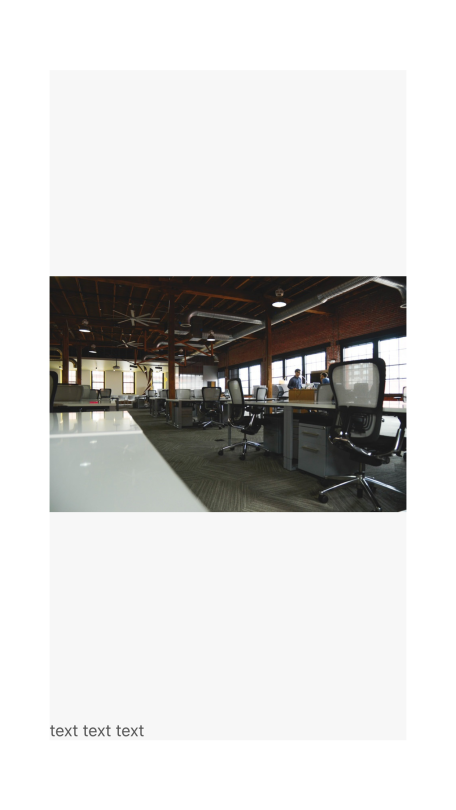I had the same issue. This happens when the original image size is larger (in width and/or height) than the UIImageView that holds it and the image is resized with Aspect Fit to fit into the UIImageView.
Here, the image width is larger than can fit into the UIImageView so Aspect Fit resizes the image, keeping the original aspect ratio. If you read the image size (via watch or breakpoint or something) you will see that the image size is (for example) 600(h) x 800(w) (3:4 ratio). The UIImageView width is (e.g.) 320(w) thus the displayed image is scaled to 240(h) x 320(w) (keeping the 3:4 ratio). BUT the image width is still REALLY 600 x 800 and as there is no limitation on the UIImageView height the UIImageView size is 600 x 320 --> it sets the UIImageView height to the original image height (600) because it can.
My solution is this: (Swift 3)
Add a height constraint to the UIImageView in Main.storyboard and link it through an Outlet:
@IBOutlet weak var displayimage: UIImageView!
@IBOutlet weak var displayimageHeightConstraint: NSLayoutConstraint!
Then test whether the UIImageView is smaller (width) than the image it holds. If so, set the height constraint so that the UIImageView height:width ratio is the same as the image aspect ratio:
if displayimage.frame.size.width < (displayimage.image?.size.width)! {
displayimageHeightConstraint.constant = displayimage.frame.size.width / (displayimage.image?.size.width)! * (displayimage.image?.size.height)!
}
The complementary operation is also possible if there is whitespace at the sides of the image due to an issue of resizing where the UIImageView height is limited and the width is set to the original image width.
@IBOutlet weak var displayimageWidthConstraint: NSLayoutConstraint!
if displayimage.frame.size.height < (displayimage.image?.size.height)! {
displayimageWidthConstraint.constant = displayimage.frame.size.height / (displayimage.image?.size.height)! * (displayimage.image?.size.height)!
}

